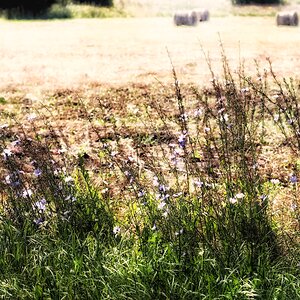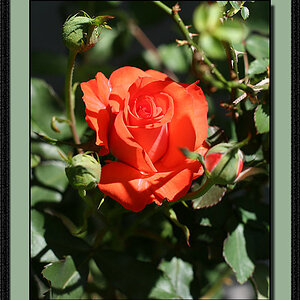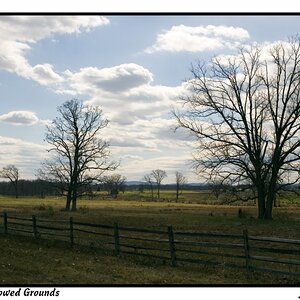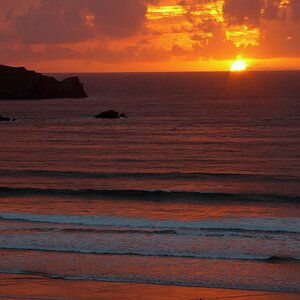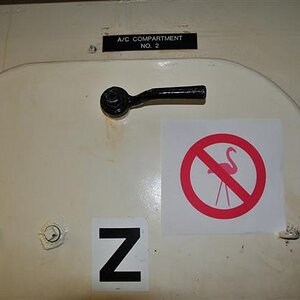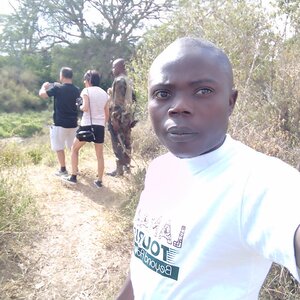STICKMAN
TPF Noob!
- Joined
- Apr 14, 2008
- Messages
- 323
- Reaction score
- 0
- Can others edit my Photos
- Photos NOT OK to edit
I will be attending a US Airforce Air Show practice session this upcoming friday. So I guess my question is I will be using my new Nikon D-40. I have the 18-55lens and the 55-200vr lens. What do you recommend for this type of shot? As stated I am brand new to the DSLR so please explain for me. This is a chance for me to get some cool shots of the Thunderbirds so I don't want to mess up. I will be escorted so hopefully I can get some better pictures.
I also have a Cir. Pol. filter and a UV filter should I use these? It is suppose to be warm and sunny that day.
I also have a Cir. Pol. filter and a UV filter should I use these? It is suppose to be warm and sunny that day.


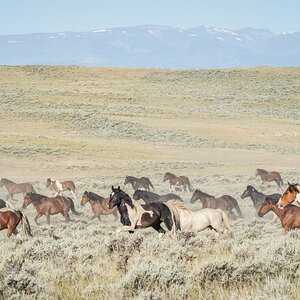
![[No title]](/data/xfmg/thumbnail/41/41904-bc50f4d1903ad14e244dbad5cf8e5aa4.jpg?1619739940)

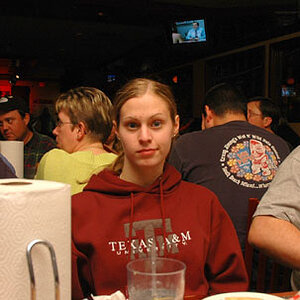
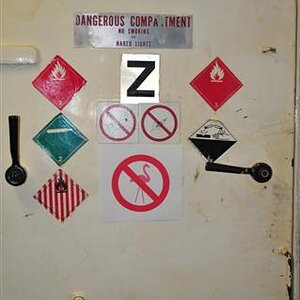
![[No title]](/data/xfmg/thumbnail/31/31754-af76ae89cc75bd1855937374ff359efe.jpg?1619734992)
